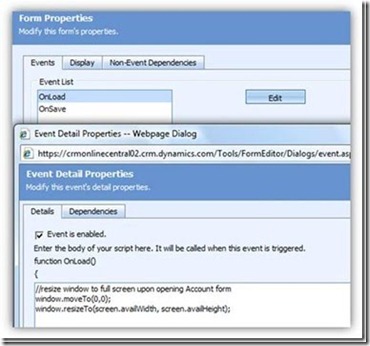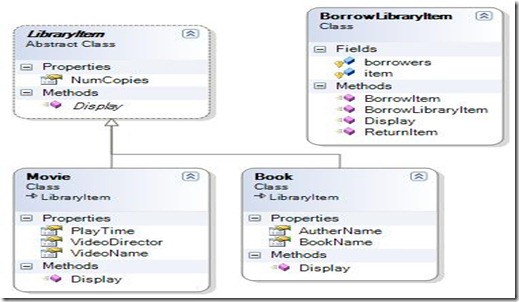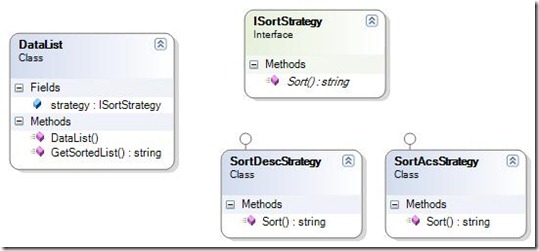Today I faced small problem while I am building Unit testing project to test my class library. in my class library I was using a DLL file located on a shared folder on my company’s network.. when I tried to run the test project I got this error message:
Test Run deployment issue: The location of the file or directory is not trusted
the solution of this issue was about adding the network path to my trusted sites.. to do so I followed the following steps:
1) open "Microsoft .NET Framework 2.0 Configuration" from administrative Tools
2) Go to "Runtime security Policy" –> Machine –> Code Groups –> All Code
3) right click –> New .. then give a name and description for the new group –> click Next
4) in the new form choose "URL" and then type your Network path. you can type it in 2 ways:a) Y:\* –> for the whole folder
b) y:\AssemblyName.dll –> for single DLL5) Choose Next… and then choose "Full trust"
6) click Next and then finished
7) finally close you VS and reopen it again
8) have fun in using unit testing 🙂
Thanks Microsoft for such a nice integration between tools:)



